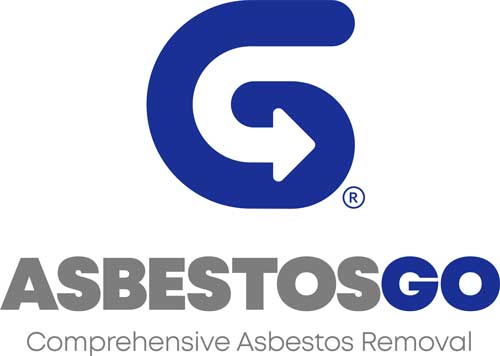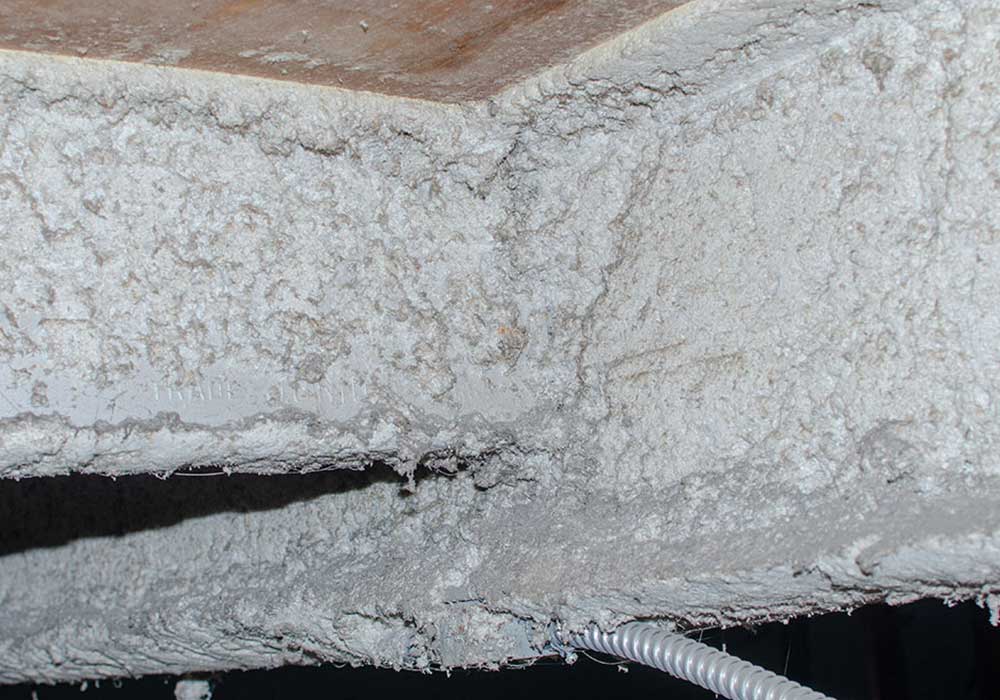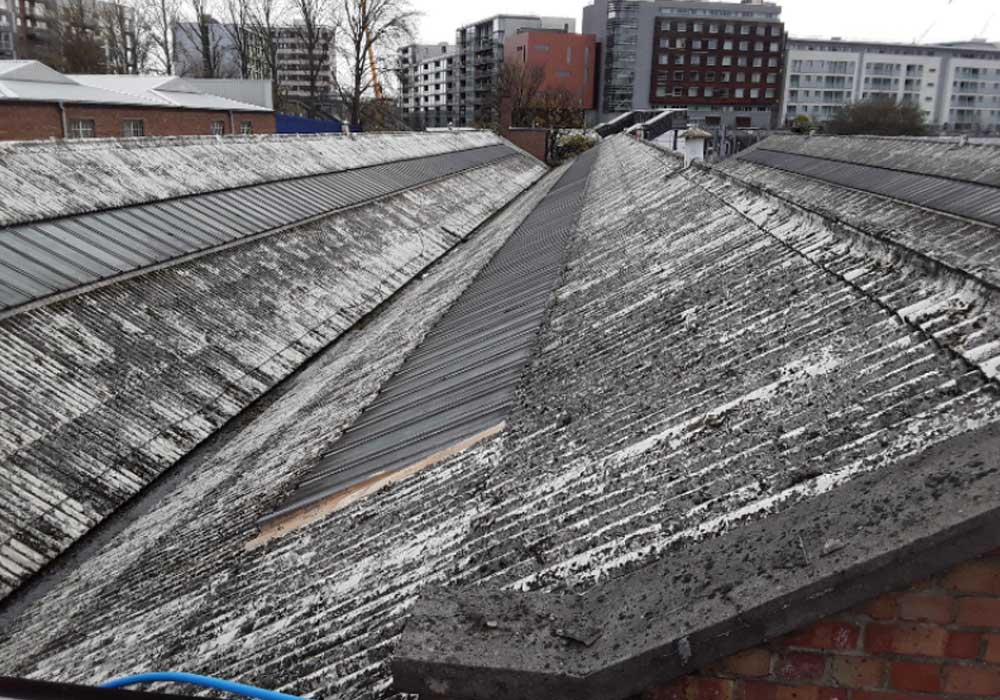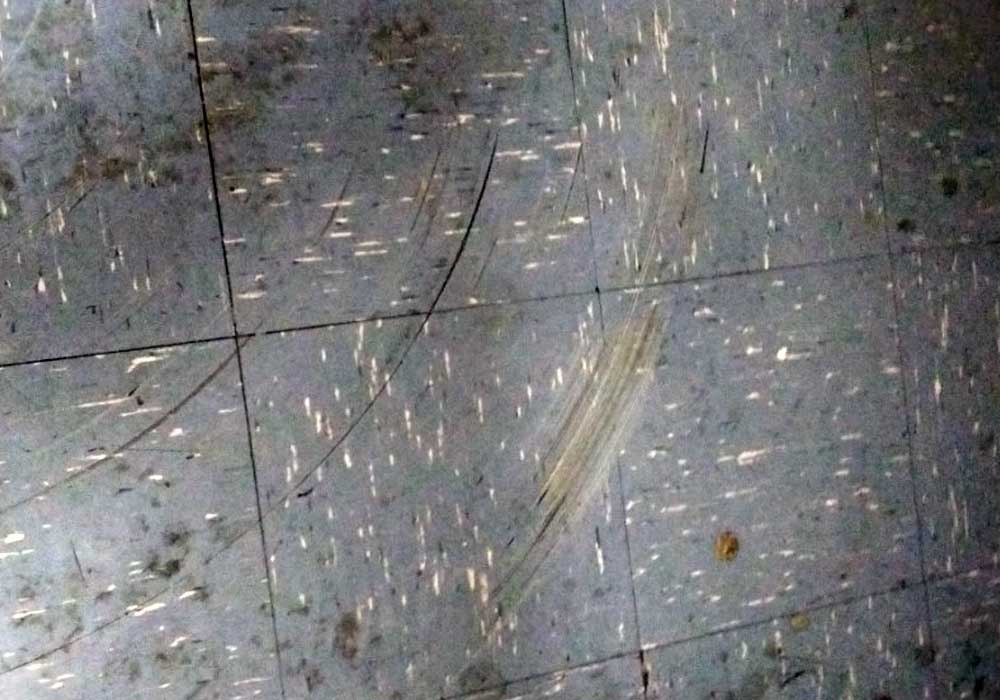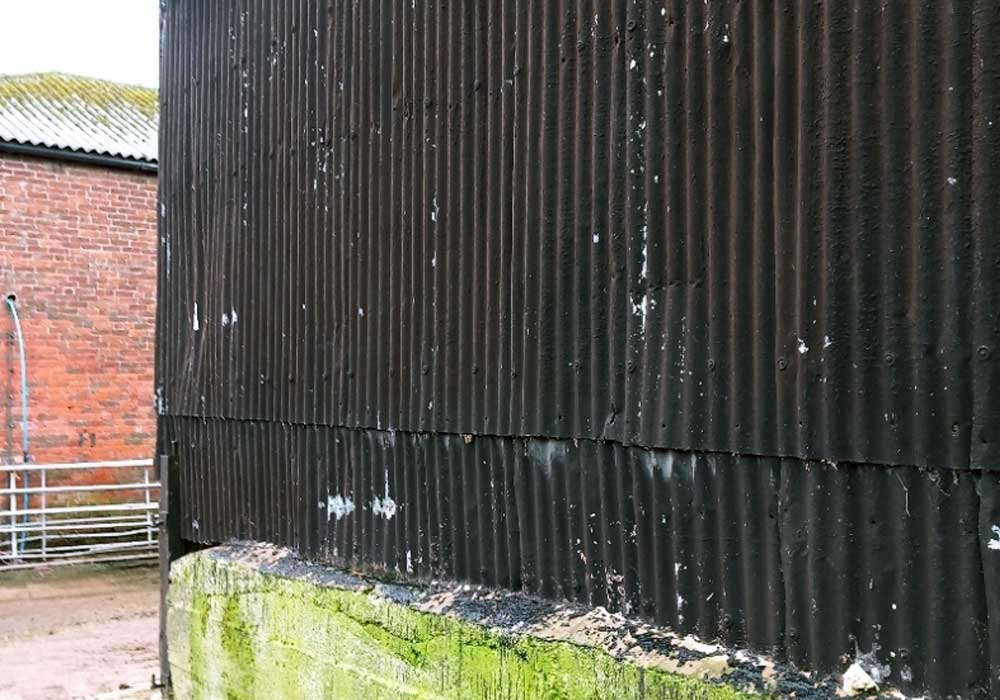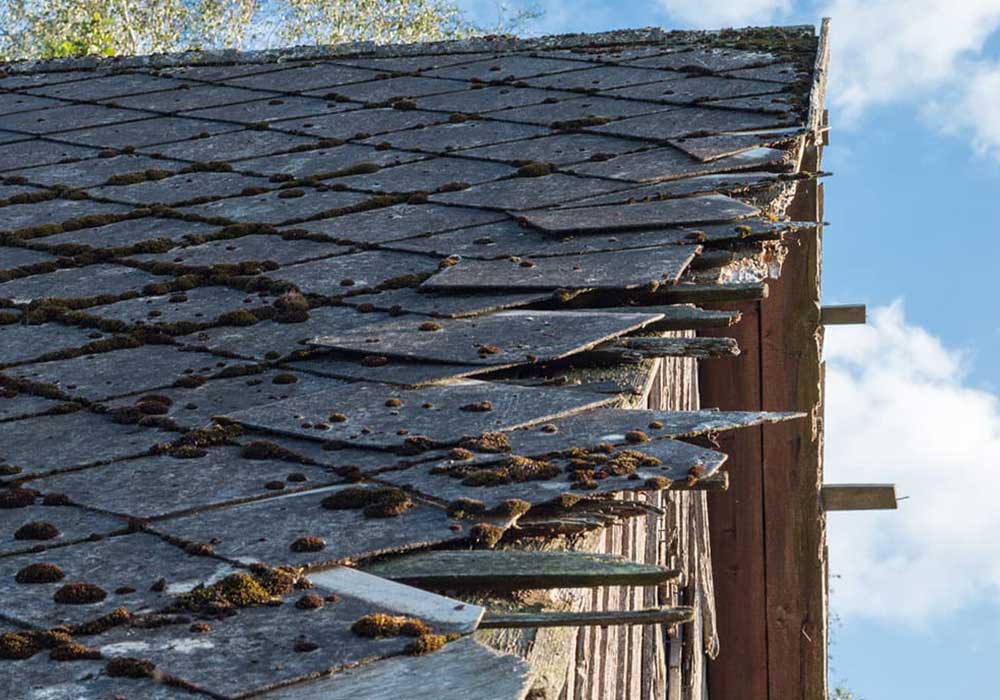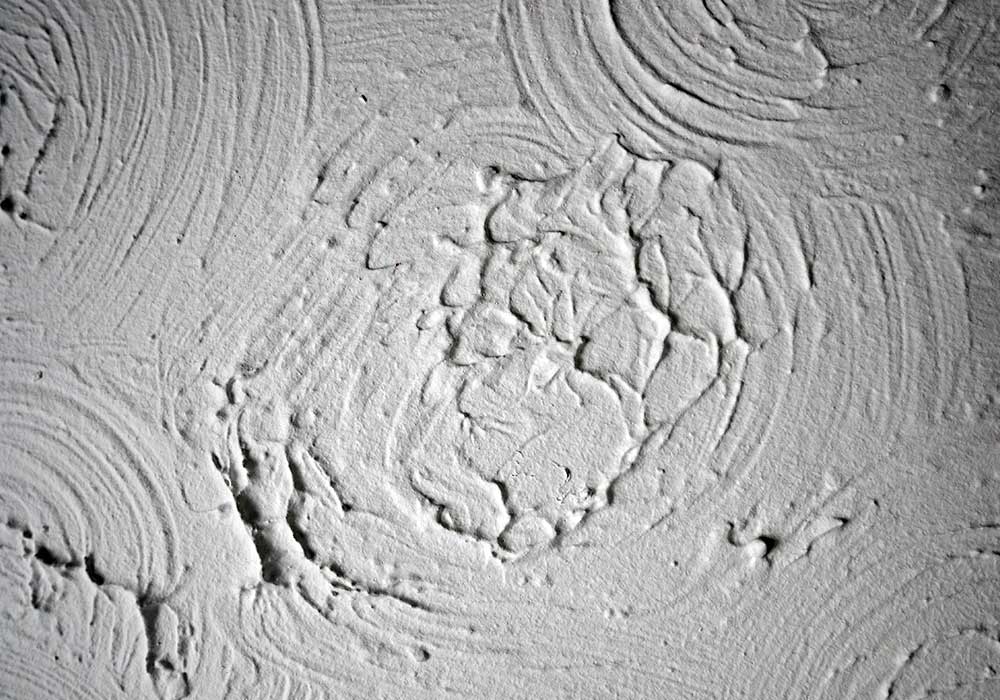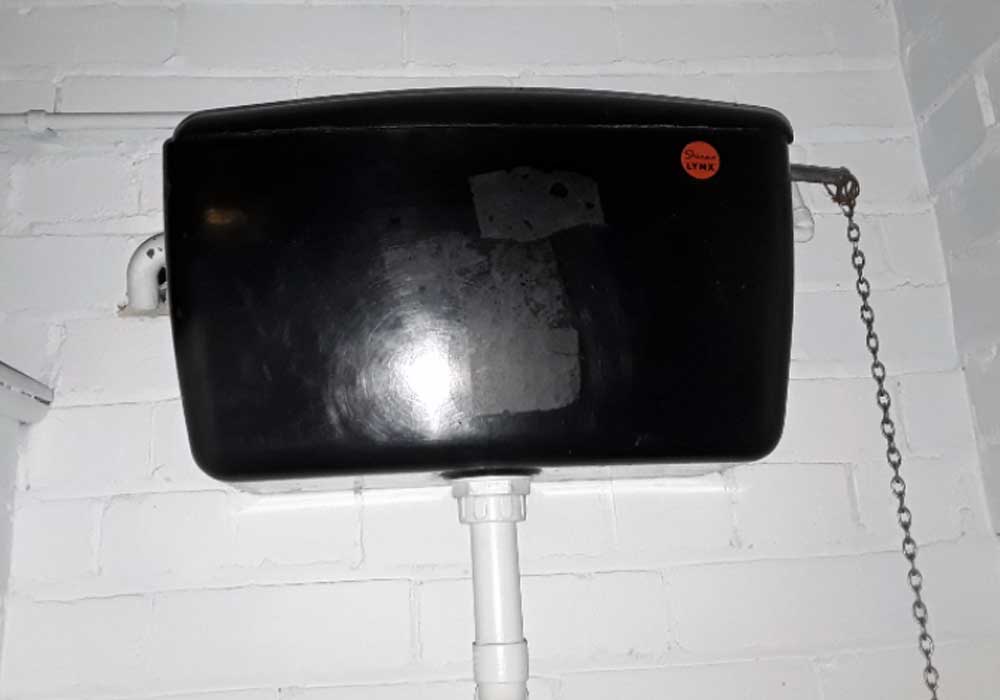
DO NOT TOUCH
Any work on this product needs a licensed asbestos contractor.
Sprayed Coating
Asbestos-containing sprayed coating, also known as asbestos spray-applied fireproofing or asbestos spray insulation, was a common fireproofing and insulation material used in various construction applications from the mid-20th century until the 1970s. This material was favoured for its exceptional fire resistance and thermal insulation properties. However, it has since been recognized as a significant health hazard due to the presence of asbestos fibres. Here’s a description of asbestos-containing sprayed coating:
- Composition: Asbestos-containing sprayed coating consists of a mixture of asbestos fibres and a binding agent, often a cementitious material or mineral wool, that is mixed with water and sprayed onto surfaces. The asbestos fibres provided fireproofing and insulation qualities to the material.
- Applications: This type of coating was applied to structural steel, beams, columns, ceilings, walls, and other surfaces in commercial and industrial buildings. It was used to enhance fire resistance and control temperature in areas where fire protection was essential.
- Health Risks: The primary concern with asbestos-containing sprayed coating is the potential release of asbestos fibres when the material becomes disturbed, damaged, or deteriorates over time. Inhalation of airborne asbestos fibres can lead to severe health conditions, including lung cancer, mesothelioma, and asbestosis.
- Age and Identification: Asbestos-containing sprayed coating was commonly applied in structures constructed before the 1970s. Identifying whether sprayed coating contains asbestos may require professional testing or inspection, as asbestos fibres are not visible to the naked eye.
- Removal and Handling: Due to the significant health risks associated with asbestos, the removal of asbestos-containing sprayed coating should only be performed by licensed asbestos removal professionals, like yourself. Strict safety protocols, including containment, personal protective equipment (PPE), and thorough decontamination procedures, must be followed to minimize asbestos exposure during removal.
- Replacement: When asbestos-containing sprayed coating is encountered during renovations or demolition, it is safely removed and replaced with modern, asbestos-free fireproofing and insulation materials to ensure the safety of building occupants and workers. Asbestos-free materials provide equivalent fire protection without the health risks associated with asbestos.
In summary, asbestos-containing sprayed coating was once widely used for its fireproofing and insulation properties. However, it poses serious health risks when disturbed or deteriorated, as asbestos fibres can become airborne.

